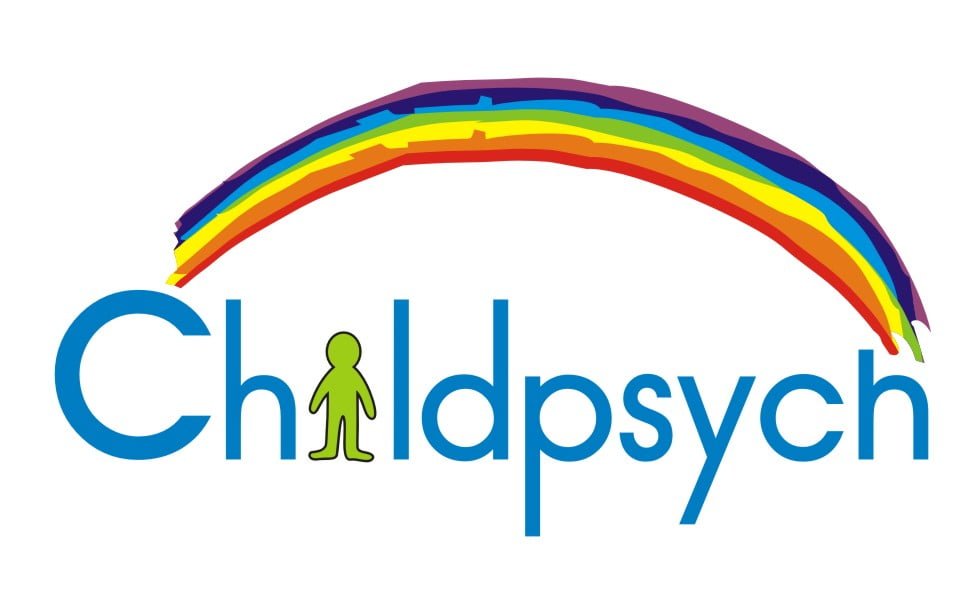As parents, we all want our children to flourish and succeed. One powerful way to facilitate this growth is by helping them develop a growth mindset. In this blog, we will explore what a growth mindset is, why it is essential for your child’s development, and practical tips on how to nurture it.
Understanding a Growth Mindset
- What is a Growth Mindset?
When children have a growth mindset they believe that their abilities and
intelligence can be developed through effort, learning, and perseverance. Children
with a growth mindset tend to embrace challenges, view failures as opportunities for
growth, and are more resilient in the face of setbacks. - Contrasting Fixed vs. Growth Mindsets
In contrast, when children have a fixed mindset they tend to believe that their abilities are innate and unchangeable. Children with a fixed mindset may avoid challenges, give up easily,
and perceive effort as fruitless.
Why is a Growth Mindset Important?
- Encourages Learning: Children with a growth mindset are more motivated to learn because they believe in their ability to improve. They are more likely to seek out challenges and opportunities to expand their skills.
- Builds Resilience: A growth mindset helps children bounce back from failures and setbacks. They see these experiences as part of the learning process, which enhances their resilience.
- Promotes a Positive Self-Image: Embracing the concept of growth empowers children to have a positive self-image and increased self-esteem, as they understand their potential for growth.
Strategies to Foster a Growth Mindset
- Praise Effort, Not Intelligence
Instead of praising your child’s intelligence or talents, acknowledge their effort and hard work. This reinforces the idea that success comes from perseverance and not just inherent abilities. - Encourage Risk-Taking
Encourage your child to take on challenges outside their comfort zone. Whether it’s trying a new hobby or attempting a challenging math problem, facing difficulties head-on fosters growth. - Normalize Mistakes and Failures
Help your child understand that making mistakes is a natural part of the learning process. Share your own experiences of setbacks and how you overcame them to illustrate that failure is not a dead-end but a stepping stone to success. - Set Realistic Goals
Encourage your child to set achievable goals. Breaking bigger objectives into smaller, manageable steps makes it easier for them to see progress and stay motivated.
The Power of Yet
Introduce your child to the concept of “yet.” For instance, if they say, “I can’t do this,” add the word “yet” at the end: “I can’t do this yet.” This simple addition emphasizes that they are on a journey of growth and improvement.
To further your understanding of nurturing a growth mindset in your child, watch this insightful YouTube video.
In conclusion, helping your child develop a growth mindset is an investment in their future success and happiness. By implementing these strategies and fostering a mindset that embraces challenges and resilience, you can empower your child to thrive in their learning journey. Share this information with fellow parents and together, let’s cultivate a generation of confident and growth-oriented individuals.




